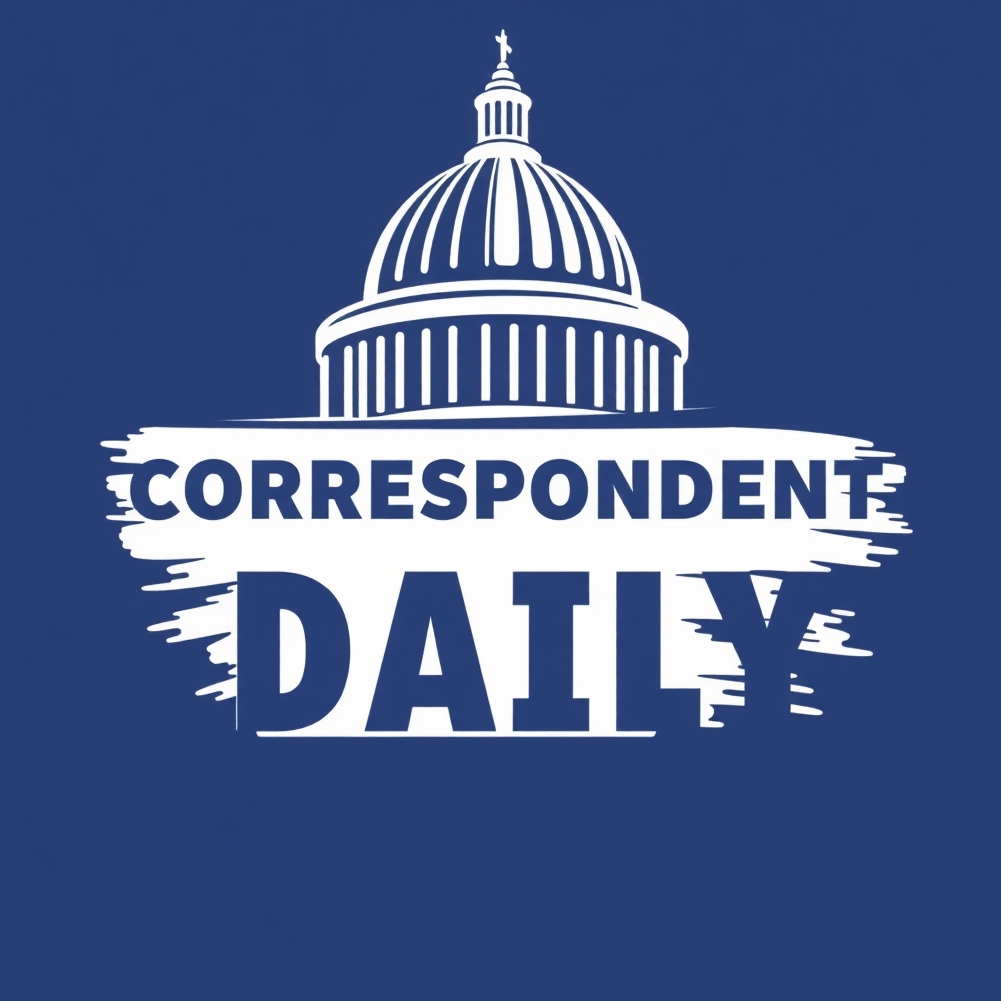
The Tensions Surrounding California's Redistricting Initiative
California Governor Gavin Newsom's recent push for a redistricting campaign has ignited discussions among various stakeholders about its implications. Until recently, discussions around redistricting primarily revolved around how boundaries are drawn and their potential impact on electoral outcomes. Now, with the Border Patrol chief’s unexpected involvement, these dialogues have taken a sharper and more contentious turn.
The Impact of Border Patrol's Involvement
During Newsom's rollout, the chief of the Border Patrol expressed concerns that resonate beyond state lines, highlighting federal interests that intersect with local politics. His comments serve as a reminder of the ongoing tensions at the border and their influences on state-level decisions. Furthermore, as the U.S. grapples with immigration policies and border security, the intertwining of state and federal issues only complicates matters further.
Voter Engagement and Awareness
For voters in California, understanding the nuances of redistricting is of utmost importance. The decisions made now will shape the political landscape for the next decade, impacting not only congressional representation but also city and state elections. As voters approach the upcoming elections, they must ask: how will these new district lines affect their representation? Engaging in discussions about redistricting can empower constituents and ensure their voices are heard.
Counterarguments and Perspectives
Critics of the redistricting initiative argue that the process lacks transparency and could disenfranchise certain voter groups. By drawing district lines that may favor one party over another, the fair representation of the electorate can become compromised. This is particularly concerning in a diverse state like California, where millions of voters are often overlooked in standard political processes.
Future Predictions and Opportunities
With the redistricting campaign underway, experts predict various possible outcomes. For one, increased political polarization seems inevitable as parties battle for influence over newly defined territories. However, there is also an opportunity for grassroots movements to mobilize voters, particularly younger demographics who may feel disenfranchised by traditional political mechanisms. In this sense, the redistricting initiative may not just alter boundaries but could invigorate the political engagement landscape.
How to Get Involved
As someone potentially impacted by these decisions, understanding the redistricting process is crucial. Voters can become involved by attending town hall meetings, reaching out to representatives, and participating in local advocacy groups. These actions not only raise awareness but also hold elected officials accountable, ensuring that the redistricting initiative serves the public interest.
 Add Row
Add Row  Add
Add 




Write A Comment